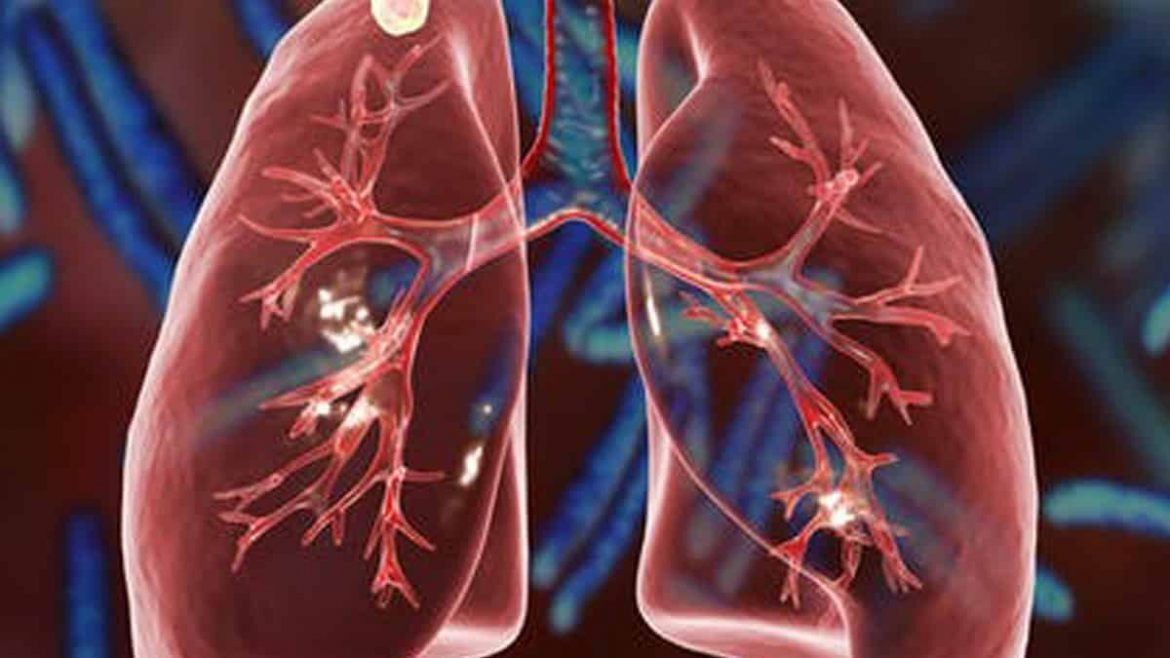The prevalence of lung cancer was increasing in women, who made up 30% of the total patient population and were all non-smokers. The analysis showed that this number was significantly lower in the past (according to Globocan 2012).
According to the study, 80% of patients received a diagnosis at an advanced stage of their illness, when there is little chance of a full recovery and treatment is only palliative in nature.
The study found that in nearly 30% of cases, the patient’s condition was initially misdiagnosed as tuberculosis and treated for several months, which delayed a proper diagnosis and course of therapy.
In contrast to past data, which favoured Squamous Carcinoma, the majority of patients had Adenocarcinoma.
Notably, Squamous Carcinoma affects the cells that line the surface of airways, whereas Adenocarcinoma develops when cells lining the exterior of the lungs turn malignant. Former is known to produce rather worse results.
According to the study, there will likely be more female patients with lung cancer in the younger age group who do not smoke throughout the course of the next ten years.
The earlier dominant at-risk demographic of older smoker men is considerably different from this risk group.
According to the study, “there is an urgent need to raise awareness about the risk of Lung Cancer across different sections of the society for appropriate actions. Effective measures to reduce tobacco consumption and control air pollution will help control the rising graph of Lung Cancer cases.





